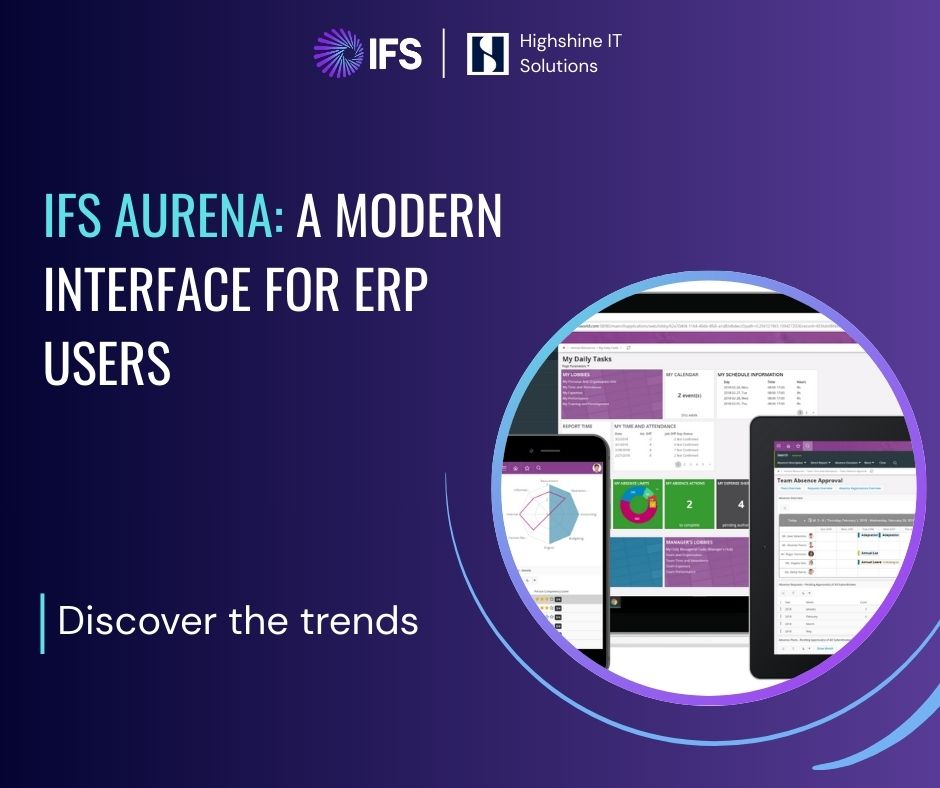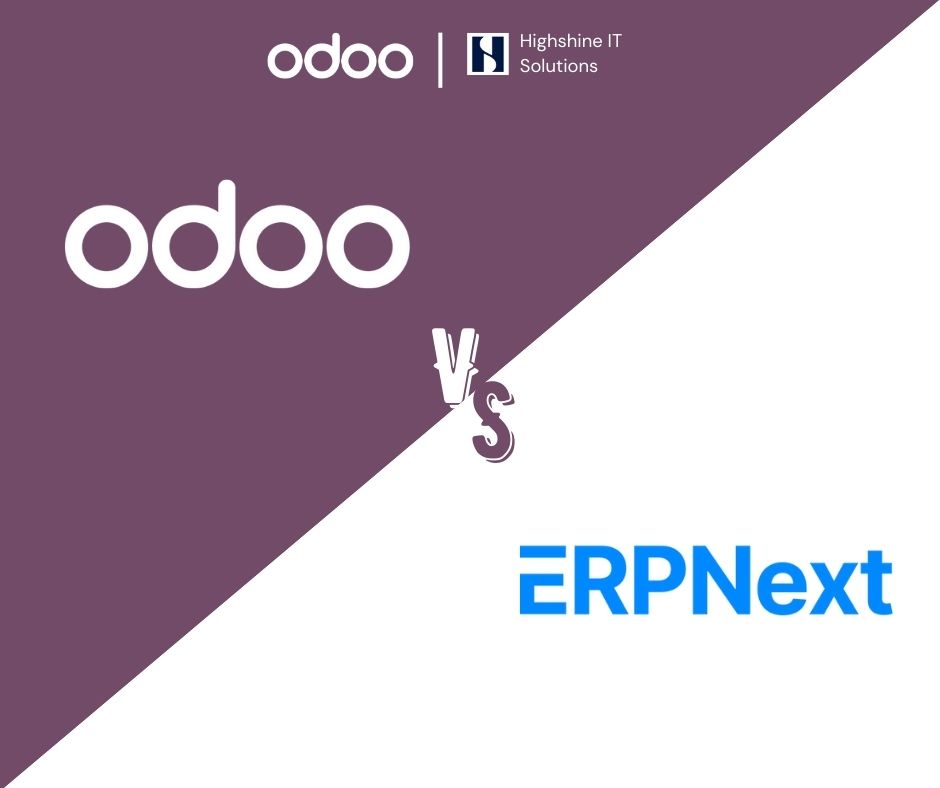
Understanding IFS Aurena: A Modern Interface for ERP Users
Introduction to IFS Aurena
The IFS Aurena interface is a transformative, browser-based, modern ERP interface designed to revolutionise the user experience for IFS Cloud and IFS Applications 10 users. By prioritising intuitive usability and accessibility across various devices, it marks a departure from traditional ERP systems, offering a modern ERP interface that enhances productivity and engagement.
With its visually appealing design, IFS Aurena was crafted to optimise complex business operations and workflows, making it an essential tool for organisations aiming to streamline their ERP processes.
Key Features of IFS Aurena
IFS Aurena stands out with a suite of features that elevate the user experience while integrating seamlessly with ERP systems. Here are some of its key features:
Responsive Multi-device Support: The interface's responsive design ensures that users enjoy a consistent experience across desktops, tablets, and smartphones. This flexibility supports the diverse needs of modern businesses, allowing employees to access critical information from any location.
Customisable Dashboards: IFS Aurena empowers users to tailor their dashboards and views, such as card lists and contextual panels, to align with their specific roles and preferences. This personalisation enhances data accessibility and facilitates better decision-making.
Built-in Advanced Analytics: With integrated interactive dashboards and real-time reporting tools, users gain rapid insights into key business processes and performance metrics. This feature is instrumental in driving informed and timely decisions.
AI and Automation Integration: IFS Aurena utilises AI technology via voice or text-based assistants to enhance efficiency in transactions, attendance, HR processes, and predictive maintenance tasks. This integration enhances operational efficiency and reduces manual workloads.
RESTful Web Services and Cloud APIs: Built on a scalable, microservices architecture, IFS Aurena uses open standards (REST/OData) for seamless integration and data exchange between IFS software and third-party solutions, fostering a cohesive IT ecosystem.
Consumer-First Design: The interface prioritises ease of use and accessibility, reducing the cognitive load and learning curve for new users. This consumer-like design improves user engagement and accelerates the adoption process within organisations.
Benefits of Using IFS Aurena
The adoption of the IFS Aurena interface leads to numerous benefits that enhance organisational effectiveness:
Improved Efficiency: The intuitive and responsive design of IFS Aurena allows users to complete tasks more efficiently and accurately, resulting in increased productivity across various departments.
Reduced Training Time: With its user-friendly interface, IFS Aurena minimises the time required for onboarding and training new users, reducing the risk of errors and facilitating faster adoption.
Enhanced Data Visibility: Custom dashboards and advanced analytics tools provide users with clear, actionable insights, supporting better and more timely decisions at every organisational level.
Anywhere Access: As a fully browser-based solution, IFS Aurena enables users to perform tasks on the go, at home, or on-site without the need for software installation, enhancing operational flexibility.
Navigating the IFS Cloud Upgrade Strategy
To fully capitalise on the capabilities of IFS Aurena, organisations need to implement an effective IFS Cloud Upgrade strategy.
Regular Updates: IFS Cloud operates on a subscription-based model, providing organisations with regular updates that deliver new features, security enhancements, and bug fixes. This ensures that the ERP system remains modern, compliant, and competitive in the ever-evolving market.
Phased Transition: A phased rollout strategy minimises disruptions during the upgrade process. By transitioning critical business functions first, organisations can maintain operational continuity while gradually integrating less essential modules.
Testing and User Training: A structured approach, including sandbox testing of new releases and comprehensive user training, is vital to ensure a seamless adoption of new features and interfaces.
Ongoing Support: IFS and its partner ecosystem offer extensive support to address technical challenges and implement best practices, ensuring a smooth and successful upgrade journey.
Migration to IFS Cloud with Aurena
Migrating to IFS Cloud involves meticulous planning and execution. The IFS Aurena interface plays a crucial role in simplifying the migration process:
Intuitive Migration Process
Aurena's user-friendly design eases the complexity of migration, allowing organisations to transition smoothly to IFS Cloud. Its intuitive interface ensures that users can adapt quickly to the new environment.
Ensuring Data Integrity
During the migration phase, maintaining data integrity is paramount. Organisations must employ robust data management practices to ensure that critical information is accurately transferred and preserved.
Case Study: HighShine's Successful Migration
HighShine, a leading industry player, exemplified a successful migration from Aurena to the latest version of IFS Cloud. By leveraging IFS Aurena’s capabilities, HighShine streamlined its operational processes, enhancing overall efficiency and future-proofing its ERP systems.
Conclusion
The IFS Aurena interface represents a significant advancement in ERP system design, offering a modern, responsive user experience that empowers organisations to optimise their operations. By adopting IFS Aurena, businesses can enhance efficiency, reduce training times, and improve decision-making processes. As the ERP landscape continues to evolve, leveraging modern interfaces like Aurena is crucial for future-proofing business operations and maintaining a competitive edge.




